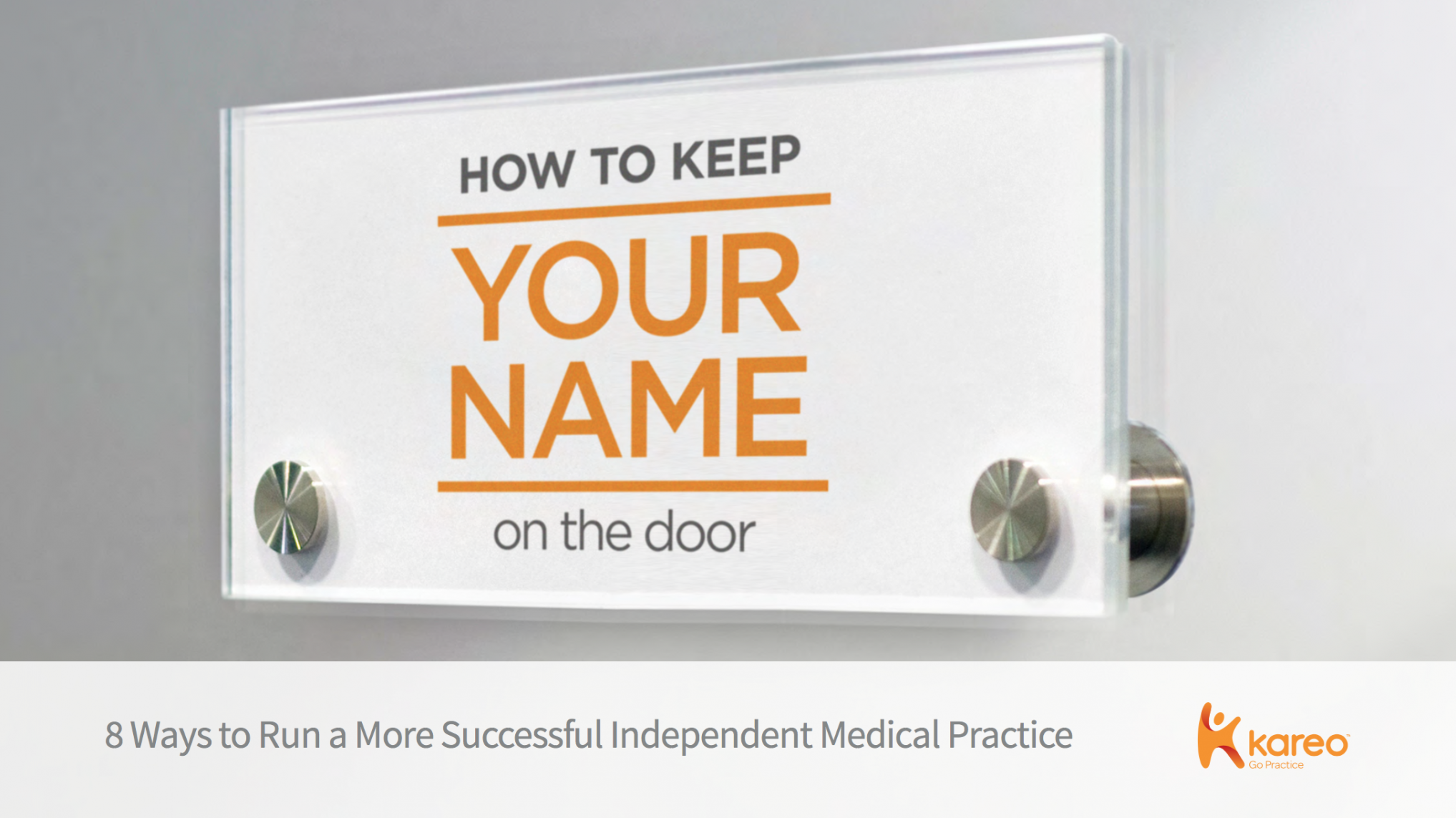Collect More Upfront to Improve A/R

Patient due amounts now make up 35% or more of your practice A/R, but only one-third of patient dollars are being collected up front. Once a patient leaves your practice, your chances of collecting all that you’re owed goes down dramatically. After 90 days, you will only collect 50%.
Improving patient collections can have a big impact on your long-term success. By collecting more up front and automating your collection process, you can significantly increase payments and reduce time in A/R.
The ideal patient collections process should look something like this: ![]()
- Create a patient financial policy and ask all patients to sign at their first visit and every year thereafter.
- Verify eligibility at least once for every patient before every appointment, and ideally more than once.
- Collect copays and any outstanding balances at check-in, if information is available to help collect deductibles, co-insurance, or estimated payment, collect that as well.
- Set up credit card on file to process payments up to an approved amount. For example, patients can sign an authorization for you to charge up to $150. Once the patient due amount is known, charge the card, and send an electronic receipt.
- When credit card on file isn’t an option, send an electronic statement as soon as the patient due amount is known with a link to pay online.
Automating patient collections, especially with credit card on file, can significantly reduce your cost of collections. Some experts estimate that just credit card on file can reduce collection expenses to under 5% and reduce average days in A/R to less than 35.
Other tips that can help you create an efficient patient collections process include:
- Compress your statement cycle: Don’t wait for a monthly cycle because monthly billing lengthens your A/R and reduces your chances of getting paid.
- Provide online bill pay: Over half of consumers pay their bills online and 21% of patients say that online bill pay is the top feature you should offer.
- Consider deposits for high-dollar procedures: High-dollar procedures are often planned giving you the time to determine the patient portion. By collecting a deposit prior to the procedure, you reduce the risk of not getting paid.
- Offer electronic as well as paper statements: An electronic statement sent by email gets to the patient immediately, no waiting. This allows them to view the statement and pay right there on screen, making it more likely that you will get paid.
- Use professional statements: Whether they are printed in-house or through a service, professional statements are more likely to be paid.
Using all of these tools will greatly improve your patient collections, but they will never be optimal unless you have a staff that is empowered and effective at collecting point-of-service patient payments. Asking for larger amounts of money can be difficult for some of your staff, who traditionally only needed to ask for small copays. According to patient collections expert, Cheryl Bisera, there are three things you can do to help your staff succeed at point of service collections: For more tips to independent practice success, download 8 Ways to Keep Your Name on the Door.




















